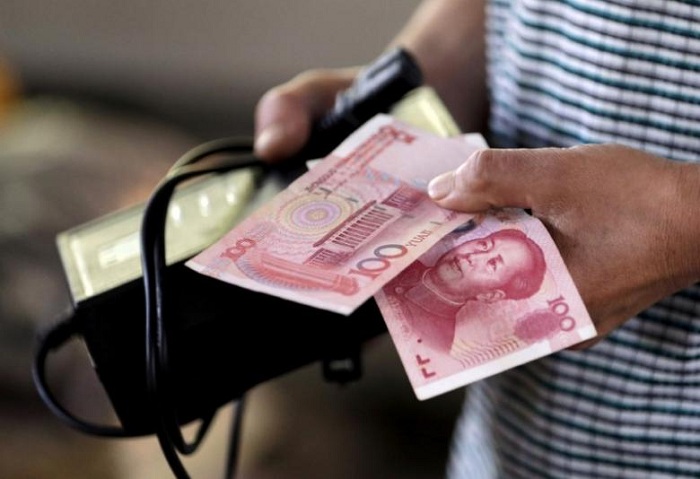This month’s jump in trading volume signals sentiment has kept deteriorating since November, when the nation’s foreign-exchange reserves shrank by the most since January. The Chinese currency is headed for its steepest annual slump in more than two decades and when the year turns, authorities will be faced with a triple whammy of the renewal of citizens’ $50,000 conversion quota, prospects of further Federal Reserve interest-rate increases, and concern that U.S. President-elect Donald Trump may slap punitive tariffs on China’s exports to the world’s largest economy.
“Capital outflow pressures will stay, and in near term, we should monitor the impact upon the reset of the annual quota," said Frances Cheung, Hong Kong-based head of rates strategy for Asia ex-Japan at Societe Generale SA. The pressures will likely ease toward the end of the first quarter as foreign flows into China’s bond market quicken, she said.
December’s flurry of yuan transactions in Shanghai comes in a tough month for owners of China’s financial assets. The Shanghai Composite Index of stocks is down 4 percent and an index of Chinese government bonds is headed for its biggest monthly decline in almost six years. The yuan has weakened 0.9 percent this month to 6.9495 per dollar.
Policy makers have set stronger-than-expected fixings and tightened capital controls to prevent the yuan from entering a vicious cycle of sharper depreciation and faster fund exodus. The People’s Bank of China has stepped up efforts to guide expectations on the exchange rate, Ma Jun, chief economist at the monetary authority’s research bureau, said in a statement Thursday.
Trading volume in the yuan will probably keep rising next year amid continued outflows and as companies, individuals and banks manage their foreign-exchange holdings more aggressively, said RBS’s Hu. "But the situation won’t likely spin out of control as PBOC will keep capital curbs tight," he said.
/The Bloomberg/
More about:
















































